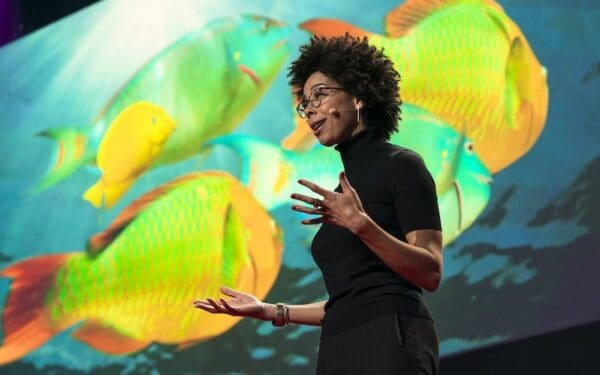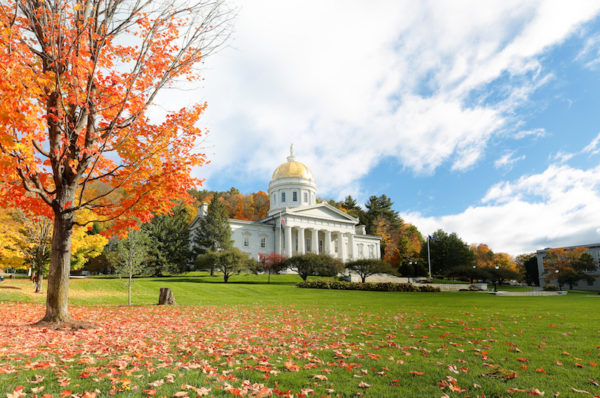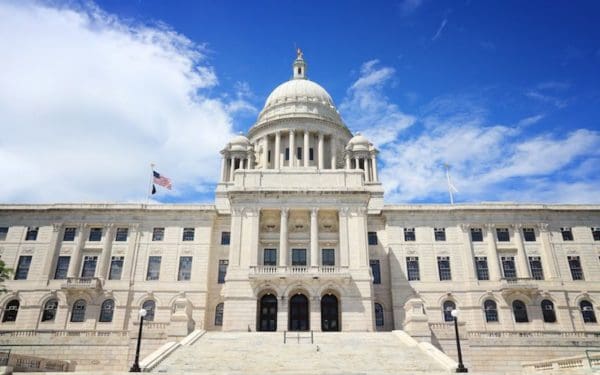Harnessing the Wind
The time is now to chart a new course for New England’s energy future. Home-grown sources like offshore wind energy and solar power can provide good local jobs, increase our energy security, and end our addiction to the dirty, outdated fossil fuels that are damaging our climate.
CLF in Action
With offshore wind energy developed in the right way and in the right places, we can oust dirty, polluting fossil fuel power from New England for good. Wind is an essential building block of our clean energy future – one that’s good for our environment, protects our health, and creates well-paying jobs here at home.
CLF has long championed clean energy in New England. For years, we have been at the forefront of efforts to identify the best places for offshore wind development. And we have worked with wind developers and partners to develop innovative agreements that protect marine areas and wildlife, including endangered North Atlantic right whales, when wind projects are being built.
Today, with the federal government and state governments committed to deploying offshore wind, CLF is spearheading efforts to push the government to harness wind power responsibly.
What’s at Stake
We have an opportunity to transform New England’s energy mix to one built on clean, sustainable, and cost-effective energy such as offshore wind. But pressure is building to hang our energy future on another dirty fossil fuel: natural gas.
But the reality is that natural gas infrastructure and extraction methods can impose devastating impacts on communities. Gas also emits methane, a more potent climate-damaging gas than carbon dioxide. And the gas used in our homes for cooking is increasingly linked to serious health issues.
There is a better way. Large-scale renewable energy combined with new technologies like solar and wind can transform our energy system. But large-scale offshore wind must be developed in a way that protects ocean wildlife and maintains a healthy ocean. That means we must balance our need for renewable clean energy with the protection of critical ocean habitat, important wildlife, and the livelihoods of our coastal communities.



